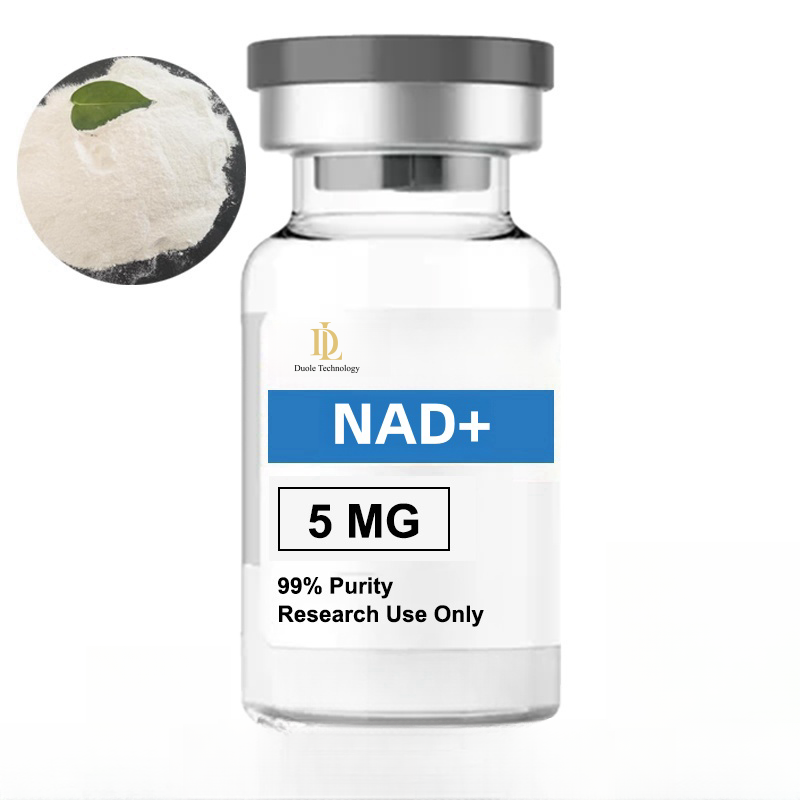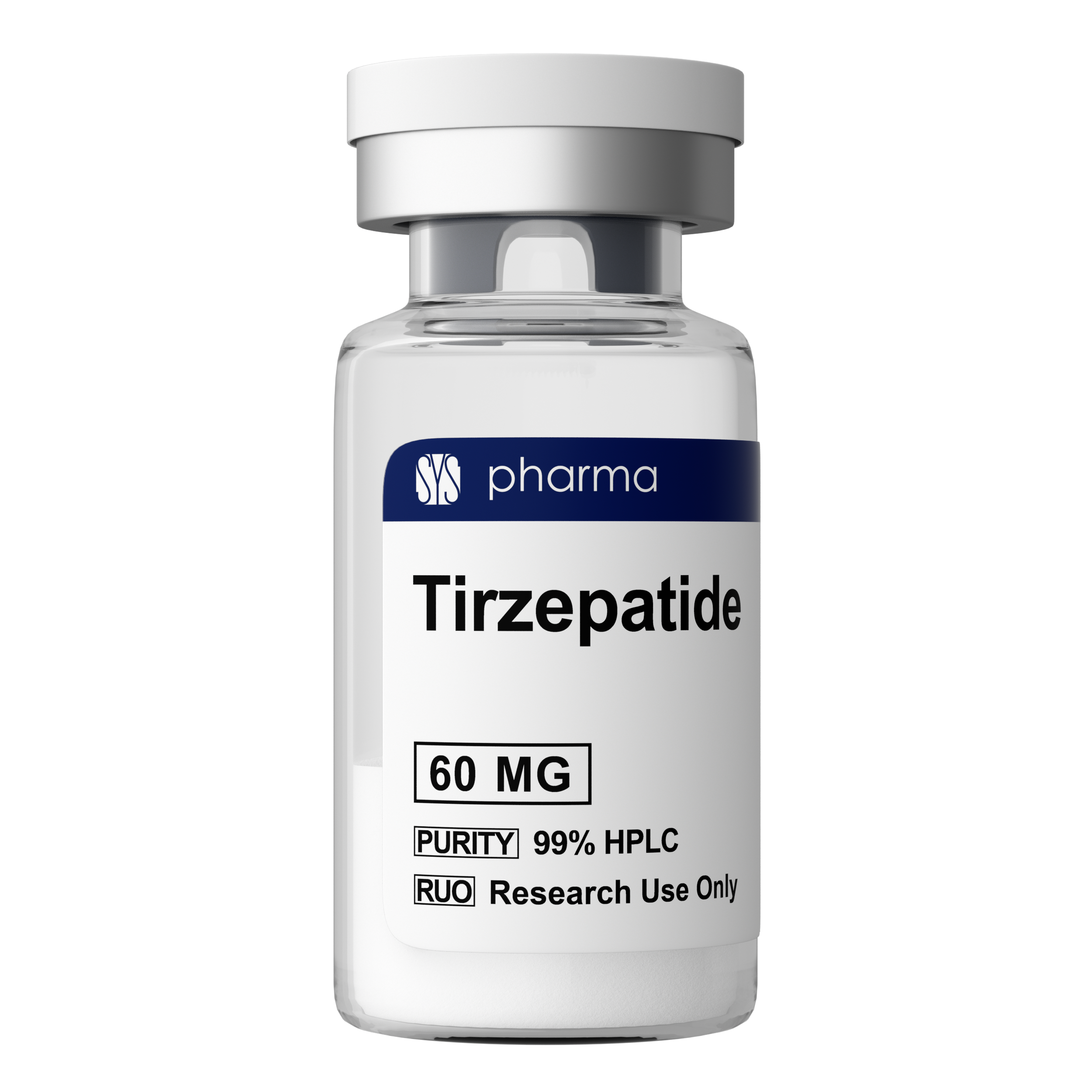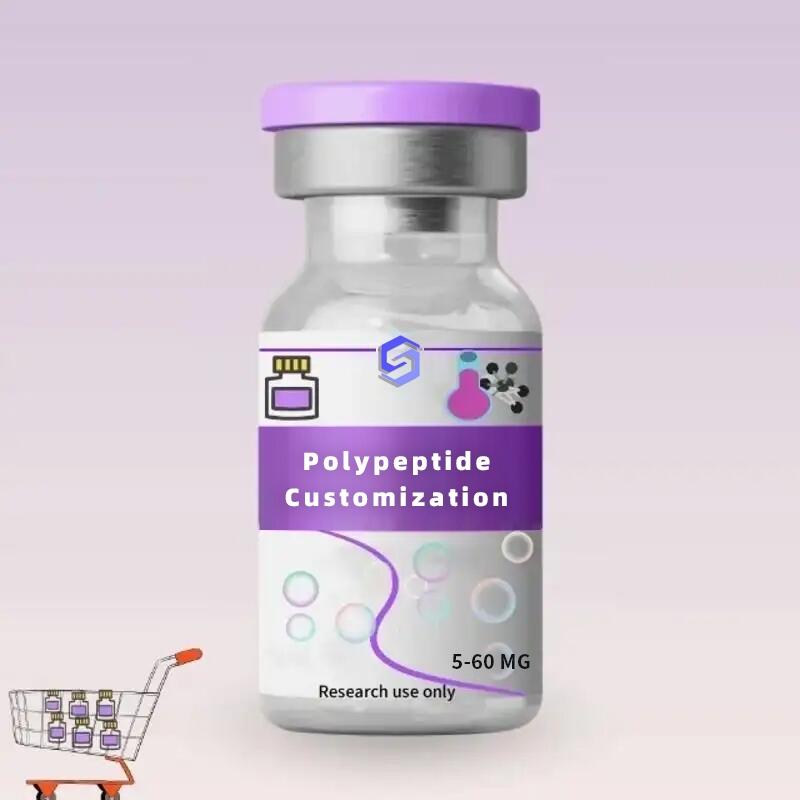-
Categories
-
Pharmaceutical Intermediates
-
Active Pharmaceutical Ingredients
-
Food Additives
- Industrial Coatings
- Agrochemicals
- Dyes and Pigments
- Surfactant
- Flavors and Fragrances
- Chemical Reagents
- Catalyst and Auxiliary
- Natural Products
- Inorganic Chemistry
-
Organic Chemistry
-
Biochemical Engineering
- Analytical Chemistry
-
Cosmetic Ingredient
- Water Treatment Chemical
-
Pharmaceutical Intermediates
Promotion
ECHEMI Mall
Wholesale
Weekly Price
Exhibition
News
-
Trade Service
The graphite digestion instrument adopts the graphite furnace heating method and the silicate heat insulation method, which has the advantages of fast digestion, high efficiency, energy saving, convenience, etc.
, and the unique digital serial port design can realize remote control
.
It has been successfully used for sample pretreatment in environmental protection, chemical industry, food, medicine, biochemical and other industries.
The following are the common problems of digestion instruments: 1.
What is the difference between graphite digestion instrument and microwave digestion instrument and aluminum digestion instrument? Microwave digestion is a sample digestion under high pressure and high temperature conditions, which has the advantages of fast heating speed and short digestion time
.
The graphite digester is used for sample digestion under high temperature conditions
.
Graphite is characterized by good thermal inertia, faster heating rate, small temperature difference between holes, good corrosion resistance and longer service life
.
The main advantage of aluminum digesters is their relatively low price
.
2.
Is the digester used in a fume hood? Yes, because a lot of irritating toxic and harmful gases will be produced during the digestion experiment
.
It is very harmful to the safety of laboratory personnel and the laboratory environment.
It is mandatory for similar digestion experiments to be carried out in a fume hood
.
At the same time, in order to reduce damage, it is strongly recommended to configure a waste discharge device and an exhaust gas neutralization system to ensure the safety of the experiment
.
3.
How long does it take to digest a batch of samples? According to the experimental standard, the color change of the sample is generally used as the judgment standard.
Generally, the sample appears transparent blue-green and then digested for 30-60 minutes
.
General sample digestion time is 2-3 hours
.
4.
What are the main factors affecting sample digestion? Inaccurate temperature control results in poor sample digestion
.
The temperature difference between instrument wells is large, resulting in poor parallelism of sample digestion
.
Insufficient amount of reagent added, resulting in poor sample digestion
.
5.
How to deal with the harmful gas produced by digestion in the experiment? The harmful gas produced in the digestion process is mainly sulfur dioxide, which is highly irritating and corrosive
.
Putting in a fume hood will cause corrosion to the fume hood and cause great harm to the laboratory environment
.
At present, there are two solutions: configure a simple waste discharge device, and use the negative pressure suction of tap water to combine the exhaust gas and tap water into the sewer
.
Use waste gas absorption system: waste gas goes through four processes of condensation, alkali neutralization, drying and filtration to effectively treat waste gas generated by digestion
.
, and the unique digital serial port design can realize remote control
.
It has been successfully used for sample pretreatment in environmental protection, chemical industry, food, medicine, biochemical and other industries.
The following are the common problems of digestion instruments: 1.
What is the difference between graphite digestion instrument and microwave digestion instrument and aluminum digestion instrument? Microwave digestion is a sample digestion under high pressure and high temperature conditions, which has the advantages of fast heating speed and short digestion time
.
The graphite digester is used for sample digestion under high temperature conditions
.
Graphite is characterized by good thermal inertia, faster heating rate, small temperature difference between holes, good corrosion resistance and longer service life
.
The main advantage of aluminum digesters is their relatively low price
.
2.
Is the digester used in a fume hood? Yes, because a lot of irritating toxic and harmful gases will be produced during the digestion experiment
.
It is very harmful to the safety of laboratory personnel and the laboratory environment.
It is mandatory for similar digestion experiments to be carried out in a fume hood
.
At the same time, in order to reduce damage, it is strongly recommended to configure a waste discharge device and an exhaust gas neutralization system to ensure the safety of the experiment
.
3.
How long does it take to digest a batch of samples? According to the experimental standard, the color change of the sample is generally used as the judgment standard.
Generally, the sample appears transparent blue-green and then digested for 30-60 minutes
.
General sample digestion time is 2-3 hours
.
4.
What are the main factors affecting sample digestion? Inaccurate temperature control results in poor sample digestion
.
The temperature difference between instrument wells is large, resulting in poor parallelism of sample digestion
.
Insufficient amount of reagent added, resulting in poor sample digestion
.
5.
How to deal with the harmful gas produced by digestion in the experiment? The harmful gas produced in the digestion process is mainly sulfur dioxide, which is highly irritating and corrosive
.
Putting in a fume hood will cause corrosion to the fume hood and cause great harm to the laboratory environment
.
At present, there are two solutions: configure a simple waste discharge device, and use the negative pressure suction of tap water to combine the exhaust gas and tap water into the sewer
.
Use waste gas absorption system: waste gas goes through four processes of condensation, alkali neutralization, drying and filtration to effectively treat waste gas generated by digestion
.







